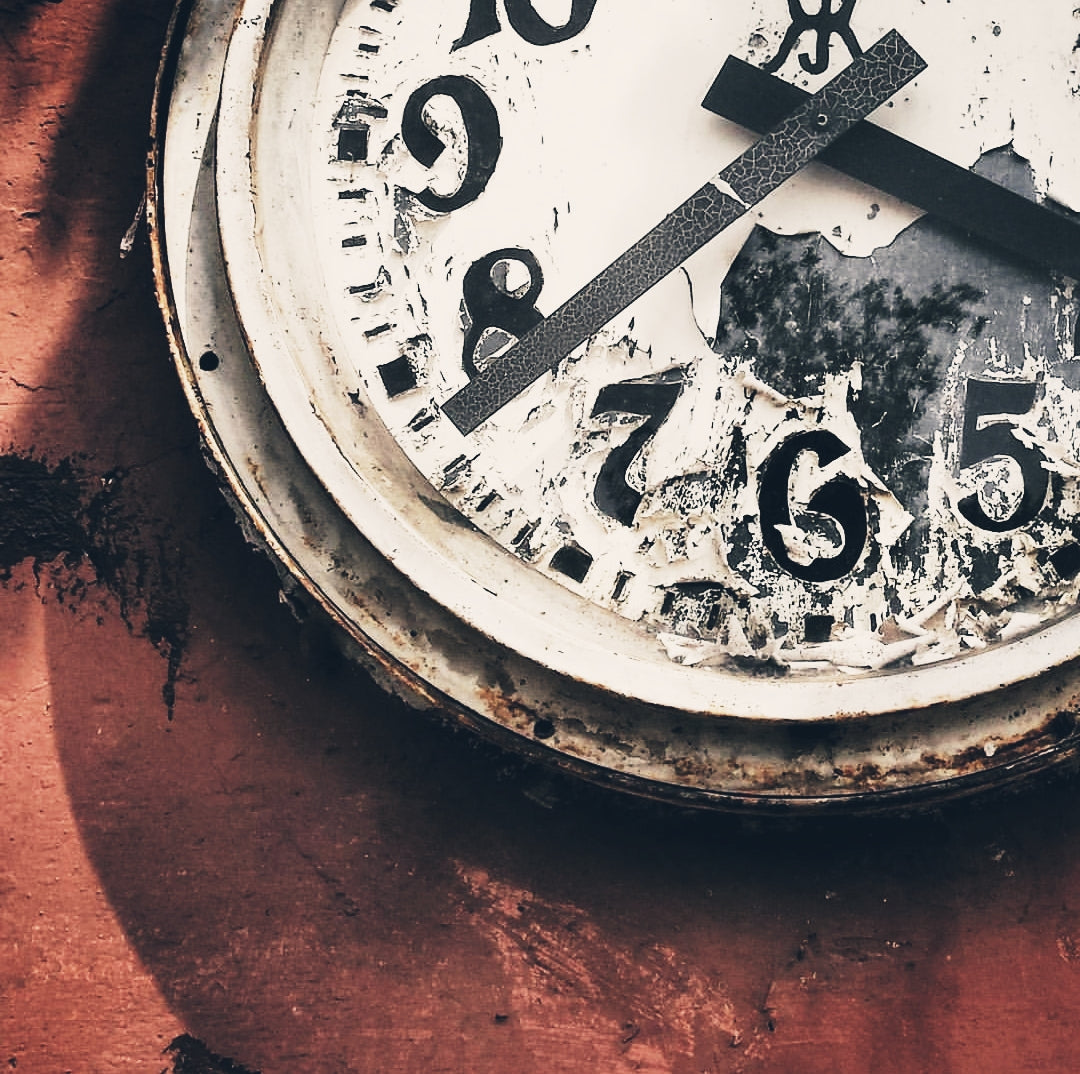
Why Getting Older Shouldn't Cause You Pain
Do you feel like your new or ongoing aches and pains are a normal part of the aging process?
If so, you’re certainly not alone. Almost one-third of adults over the age of 45 experience pain lasting longer than 24 hours. And it may even leave you feeling a little uneasy if it forces you to confront your physical mortality for the first time.
Is this the beginning of the end?
Thankfully the answer is a respectful ‘no,’ even if it’s not immediately clear why.
Is Pain a Normal Part of the Aging Process?
A lot of people DO notice more physical pain and dysfunction with age, most of which have no obvious cause or trigger. So when looking for answers it’s entirely logical to blame the ravages of time - almost by default.
But a slight shift in perspective may bring a far more tangible explanation into focus.
For context, it’s important to remember that in a perfect world your musculoskeletal system is designed to be pain and dysfunction-free. Now it certainly doesn’t feel that way for a lot of people, but that’s our inherent baseline.
Our tissue has this amazing ability to adapt and thrive with use and shouldn’t necessarily break down over time.
Otherwise, what’s the point of having tissue that can’t withstand the basic requirements of being a human?
Age-Related Thinking
Take your car. Imagine it is made with adaptive materials rather than lifeless ones. What if the more you drive your car the more fuel-efficient it becomes?
Imagine it can re-wire itself to better support the accessories you use most at the expense of those you don’t.
In short, imagine your car continually morphs to reflect and support the way you use it. That’s what our body does. It just adapts in a positive (or negative) way, behind the scenes, without us having to think too hard about it.
So if you feel like the aging process is catching up with you, ask yourself a simple question.
As an adaptive machine, why hasn't it become really good at being used for so long?
Yes accidents happen, but the dysfunction most attribute to age is often innocuous by comparison. A lot of it just… happens.
The disconnect here often comes back to how you use your tissues. Expose them to ideal loading and they should, in theory, thrive indefinitely.
Load them poorly for long enough and you’ll slowly chip away at your body’s ability to buffer against damage.
Your body will still adapt of course, but in this instance it will adapt to cope, not to thrive. Even the sturdiest of tissues will face defeat if poorly loaded for long enough.
Here’s the best way to think about it:
Age most likely won’t create new dysfunction.
But it can expose the accumulated effect of years of less-than-perfect postures, habits and body mechanics.
It’s just hard to appreciate this effect while it’s happening as it doesn’t stand out unless you’re looking for it.
So with this idea in mind, let's apply this new perspective to two common “age-related” complaints.
BACK PAIN:
This can be anything from genuine low back pain to simply finding it harder to get out of bed or off the couch.
When trying to figure out how you load your spine, start with situations you find yourself in the most, and work backward.
Clinically, I find the quality of our spinal positions and shapes - most commonly when sitting, is by far the biggest culprit, because it occupies so much space in this modern world.
Think of the car, the computer, and the couch.
Consider how you sit when eating meals or reading. How are you in bed using your phone?
Where are you creating a specific hinge through your spine?
If you don’t sit much, great! What else fills that space?
Do you constantly lean forward or bend over at work or at home? Are you lifting more than anything else?
What spinal “themes” are sprinkled throughout your day.
Remember, if your back isn’t in a good position those “thousand cuts” could be lethal given enough time.
KNEE PAIN:
In this instance, “age-related” knee issues are commonly a consequence of how they’ve been loaded, rather than how long they’ve been loaded for.
Interestingly, a lot of people have one “worse knee” despite both obviously being the same age.
If this is the case for you, you may have accrued some subtle dysfunction above and/or below the knee itself - usually at the hip and ankle.
A loss of surrounding mobility in these areas (often thanks to things like sitting habits and modern footwear) can force your leg to compensate at the knee as it tries to find a workaround.
Over time, it’s easy to blame the aging process when there might actually have been some covert mechanical dysfunction going on in the background the entire time.
At this point, it’s important to acknowledge that there are obviously some real musculoskeletal changes associated with the aging process.
Your peak strength, speed, reflexes and more will reasonably regress with age.
But the key difference here is that we do not consider these regressions dysfunctional. Your fastest 100m sprint time may decrease but one of your knees shouldn’t wear down "just because" in the process.
Conclusion
So, if you (or someone you know) feel like age is catching up with you physically, take a step back.
Consider what broader postural and/or mechanical dysfunction might be in play behind the scenes.
The devil is often in the details. But, they're easily missed if you’re not paying attention.
If you need specific help, please go see a trusted health professional. The beauty here is that it’s never too late to do something, and you may be pleasantly surprised by the outcome.
You might just need the right perspective.
What issues have you always felt were age-related? Does this change your thinking in any way?
